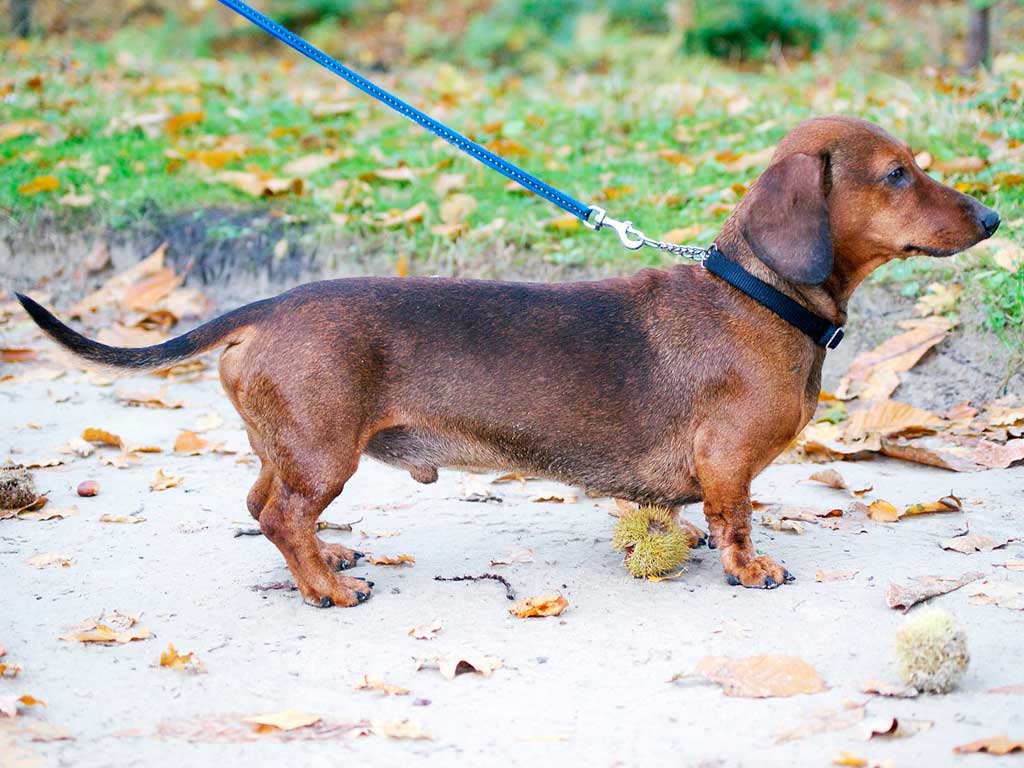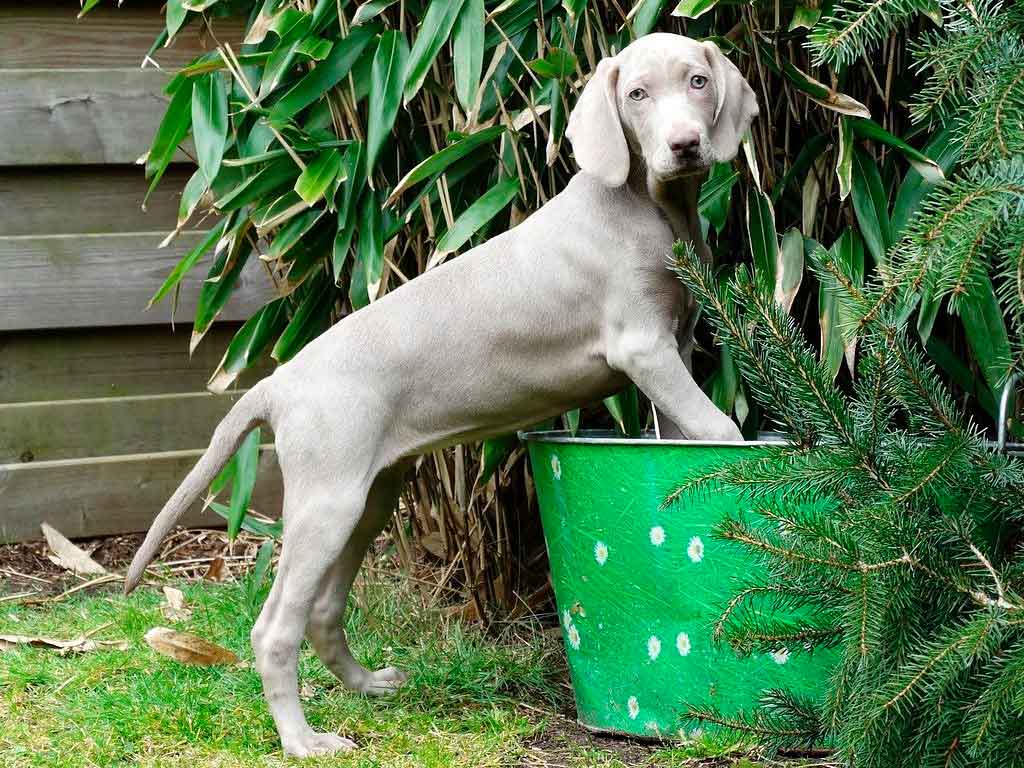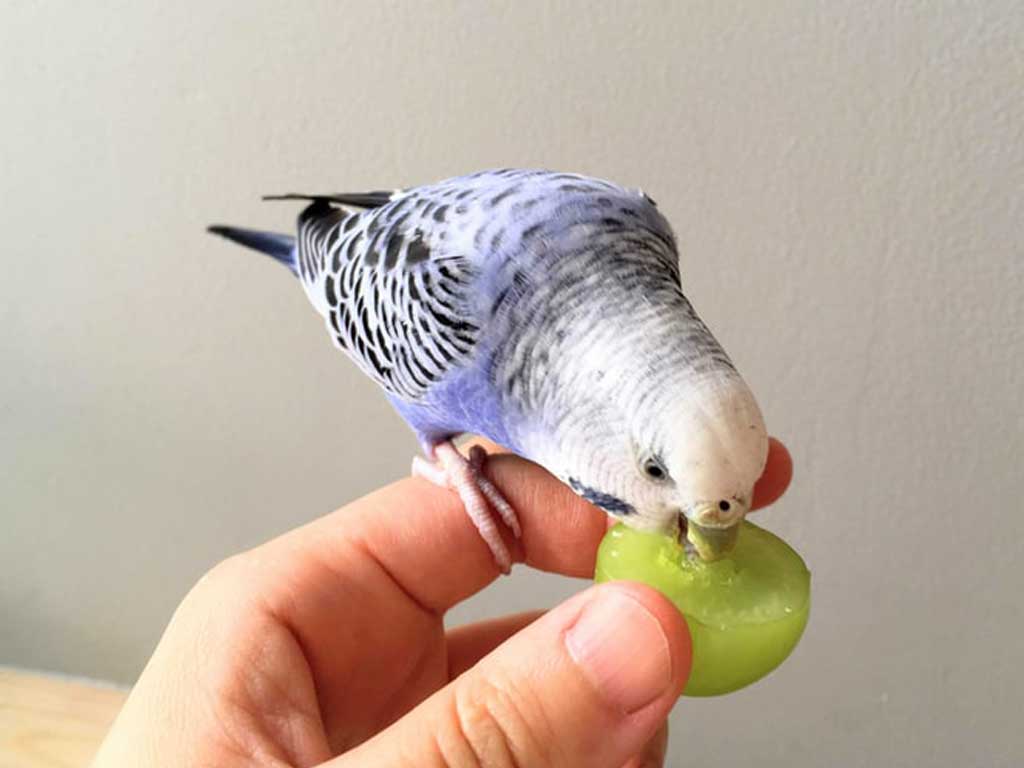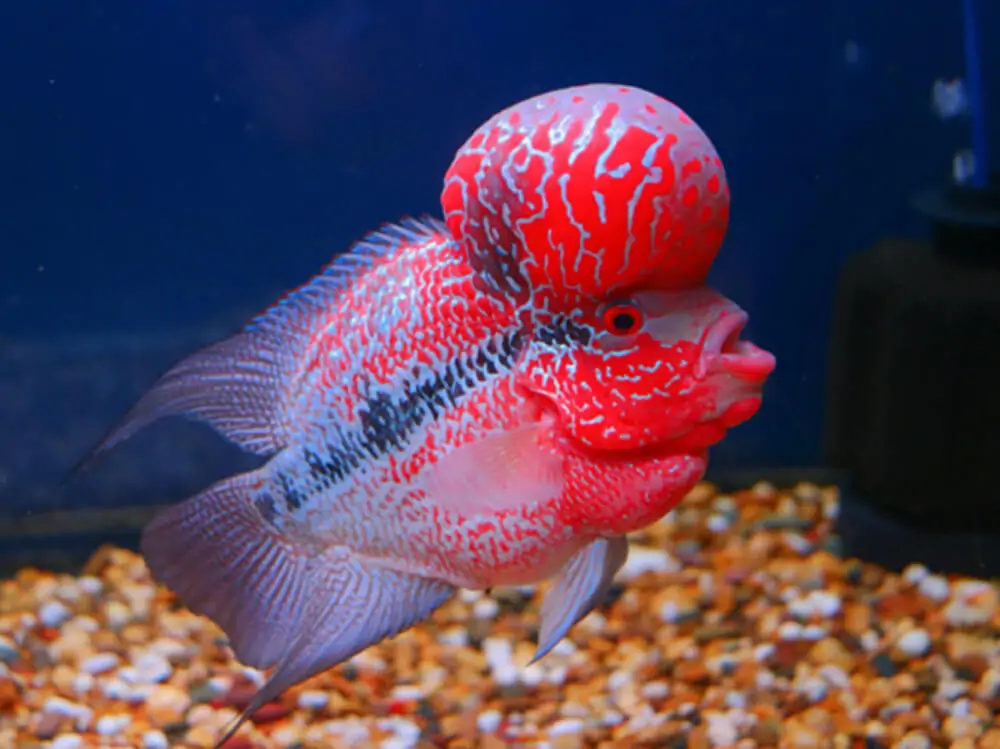The Dachshund, also known as the sausage dog, is a breed full of personality, intelligence, and energy. With its unmistakable elongated body and short legs, this dog has won the hearts of many dog lovers around the world. Whether as a hunting dog, companion animal, or show dog, the Dachshund is a unique and charming breed.
If you’re considering adopting a Dachshund, read on to learn everything about its personality, origins, health, care, and more!
Personality: Playful and Protective
The Dachshund is a dog that combines playfulness, curiosity, and loyalty in a small yet brave package. Originally bred for hunting badgers, these dogs have a strong prey drive, making them alert and protective of their families. They tend to form strong bonds with their owners and can sometimes be wary of strangers.
Despite their stubborn streak, Dachshunds are intelligent and eager to learn, especially when positive reinforcement is used. They have medium-level intelligence, according to psychologist Stanley Coren’s dog intelligence ranking. However, their independent nature means they may sometimes be a bit stubborn in training.
Origin: A Hunting Dog with a Rich History
The Dachshund, whose original German name is “Dachs” (badger) and “Hund” (dog), was originally bred in Germany for hunting badgers. The breed’s history dates back to the Middle Ages, when it was developed by crossing various hound-type dogs to create a breed capable of tracking and hunting underground.
By the 19th century, the Dachshund had become highly valued for both hunting and tracking thanks to its keen sense of smell. The oldest official breed club dates back to 1888. Today, Dachshunds are popular as companion dogs but still retain their strong hunting instincts.
Health: Common Issues and Preventative Care
While generally a healthy breed, Dachshunds are prone to certain conditions, mainly due to their elongated spine. Some of the most common health problems include:
- Intervertebral Disc Disease (IVDD): A condition affecting the spinal discs, which can lead to pain or paralysis.
- Patellar Luxation: A kneecap disorder common in small breeds.
- Epilepsy: Some Dachshunds may develop seizures.
- Glaucoma: A condition that can lead to vision loss.
- Hypothyroidism: Affecting metabolism and overall health.
- Progressive Retinal Atrophy (PRA): A degenerative eye disease that can lead to blindness.
To keep your Dachshund healthy, it’s essential to visit the vet every 6 to 12 months, follow a proper vaccination and deworming schedule, and monitor their weight to avoid obesity, which can strain their delicate spine.
Exercise: Keeping Your Dachshund Fit
Dachshunds may be small, but they are active dogs that require regular exercise to stay fit and prevent obesity. They should have at least three moderate walks per day and some additional mental stimulation. Some great activities include:
- Walks at a moderate pace to keep their muscles strong.
- Interactive puzzle games to keep their minds sharp.
- Obedience training and trick learning to channel their intelligence.
It’s important to avoid excessive jumping, climbing stairs frequently, or agility exercises that involve jumping, as these can lead to spinal injuries.
Nutrition: A Balanced Diet for a Healthy Dachshund
Due to their small size but high energy levels, Dachshunds require a nutritious and balanced diet. Key dietary components include:
- High-quality protein from chicken, fish, or beef.
- Healthy fats from sources like salmon oil or coconut oil.
- Complex carbohydrates such as brown rice or sweet potatoes.
- Vitamins and minerals to support bone and eye health.
To prevent bloating or digestive issues, it’s best to divide their daily food into two meals and avoid feeding them large portions at once.
Grooming: Taking Care of Your Dachshund’s Coat
Dachshunds come in three coat types:
- Short-haired: Requires minimal grooming; a rubber brush once a week is enough.
- Long-haired: Needs brushing 2-3 times a week to prevent tangles.
- Wire-haired: Requires more frequent brushing and occasional trimming.
Bathing should be done every 1-2 months, depending on activity level. Additionally, ear cleaning and dental care are essential to prevent infections and oral diseases.
Are Dachshunds Good with Children?
Dachshunds can be great family pets, but their suitability for children depends on their socialization and training. They are:
- Loving and playful but can be protective.
- Best suited for older children who understand how to handle small dogs.
- May not tolerate rough play, so supervision is recommended.
To ensure a positive relationship, it’s important to teach children how to interact with the dog respectfully and to avoid excessive roughhousing.
Did You Know? Fun Fact About Dachshunds
A fascinating fact about Dachshunds is that they have one of the largest teeth-to-body-size ratios of any dog breed! Despite their small size, they have strong, sharp teeth, originally designed for gripping prey underground.
Size and Physical Characteristics
Dachshunds come in three size categories recognized by the Fédération Cynologique Internationale (FCI):
- Standard: The largest, weighing 16–32 lbs (7–15 kg).
- Miniature: Weighing 9–15 lbs (4–7 kg).
- Rabbit (Kaninchen): The smallest, under 9 lbs (4 kg), bred for rabbit hunting.
They also come in different coat colors, including solid red, yellow, black and tan, chocolate and tan, dapple (merle), and brindle.
The Dachshund is an adorable and charismatic breed with a playful yet protective nature. They are ideal for people who can provide them with attention, exercise, and mental stimulation. However, they may not be the best choice for those who are away from home frequently, as they can develop separation anxiety.
If you’re looking for a loyal, intelligent, and fun-loving companion, the Dachshund could be the perfect addition to your home!











